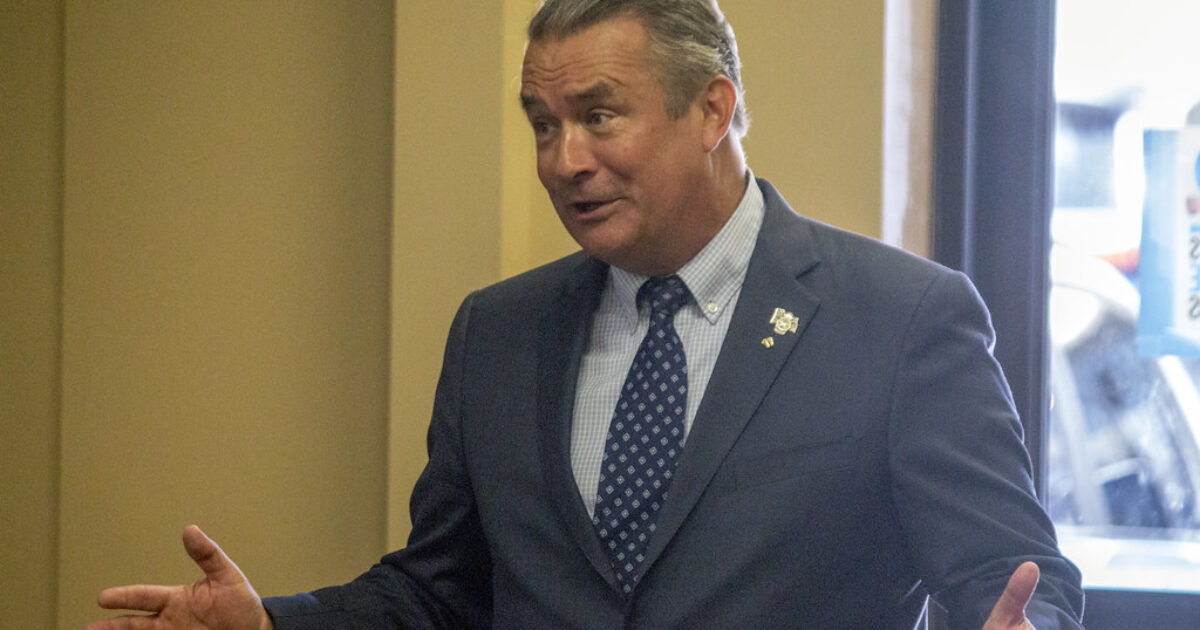Congressman John Rose of Tennessee introduced the “BRIDGE Digital Assets Act,” one of the most important legislative proposals with changes in the regulatory landscape of crypto assets in the United States.
It provides for a Joint Advisory Committee consisting of participants from the Securities and Exchange Commission and the Commodity Futures Trading Commission. It would, therefore, look to harmonize the sometimes-conflicting regulations existing presently between the two agencies for digital assets, coming under both securities and commodities jurisdictions.
Rose argues that the “regulation-by-enforcement” approach stifles innovation and drives investment overseas, requiring the United States to create an environment friendlier to digital asset development.
🚨 NEW: I’ve introduced the BRIDGE Digital Assets Act to establish a Joint Advisory Committee on digital assets between the @SECgov and @CFTC.
The United States must allow digital assets to thrive because the heavy-handed, regulation-by-enforcement approach isn’t working. https://t.co/Ty0VpvPgoj
— Congressman John Rose (@RepJohnRose) September 12, 2024
Joint Committee’s Role
It proposes a composition for the Joint Advisory Committee that should consist of at least 20 participants from the private sector, including digital asset issuers, academic researchers, and users. They would be able to provide insight into and make recommendations regarding digital asset regulations with respect to aspects such as decentralization, functionality, and security.
The committee will be expected to meet at least twice a year, with findings and recommendations mandated to be done and given both to the SEC and the CFTC. This collaborative approach could bridge the regulatory gap to create a more cohesive approach in regulating digital assets, hence benefiting both consumers and investors.
As of today, the market cap of cryptocurrencies stood at $2.05 trillion. Chart: TradingView.com
Addressing Gaps In Crypto Regulation
One of the key features of the BRIDGE Digital Assets Act is that it aims to deal with the confusion at the current regulatory level. Both the SEC and CFTC interpret digital assets in a different way, hence creating confusion among businesses and investors.
🚨SCOOP: Republican Tennessee Congressman @RepJohnRose, who sits on the @FinancialCmte, is introducing a new bill called the “BRIDGE Digital Assets Act” that would establish a Joint Advisory Committee on digital assets between the @SECGov and the @CFTC.
The purpose of the…
— Eleanor Terrett (@EleanorTerrett) September 12, 2024
The bill calls for a joint committee where the two agencies further align their regulatory frameworks with cooperation and clarity. The catch here is that the alignment shall avail an opportunity for a harmonized approach in the regulation of digital assets, which if realized would raise the protection of customers, as well as disclosure and economies in transaction costs.
Future Implications
The BRIDGE Digital Assets Act could be a major change in how digital assets are regulated in the United States. It also includes a specific timeline for actualizing the bill: the agencies, the SEC and CFTC, will adopt a joint charter to provide for the committee within 90 days and will appoint the members on the committee within 120 days, while the first meeting is expected to take place within 180 days of the enactment.
This structured approach not only sets a framework for the improvement of regulatory practices but also points toward new innovation in the digital asset space. As the crypto industry is still evolving, perhaps the BRIDGE Act would be the key to unlock such a balance between regulation and innovation, one that will finally play to the benefit of the US economy and its positioning in the global digital asset landscape.
Featured image from Built In, chart from TradingView















